Astronaut Neil Armstrong Pictures Through The Years [PHOTOS]
Neil Armstrong, the first man to walk on the moon, started his career in aeronautics in the Navy and flew jets during the 1950s. During the Korean War, Armstrong's craft was struck by ballistic anti-aircraft artillery, which forced him to perform a daring ejection in friendly territory after a few feet of his plane's wing was destroyed due to an in-air collision.
After flying over 75 missions during the war, Armstrong received the Air Medal for 20 successful combat missions, as well as a Gold Star, among many other commendations. Armstrong, after the war, went to Purdue, and he graduated with a degree in Aeronautical Engineering.
After graduating from college, Armstrong became a test pilot, then a member of the Gemini program, and, according to Nasa.com, he flew many different experimental craft, handling difficult situations well and paving the way for what would become NASA, America's modern space program.

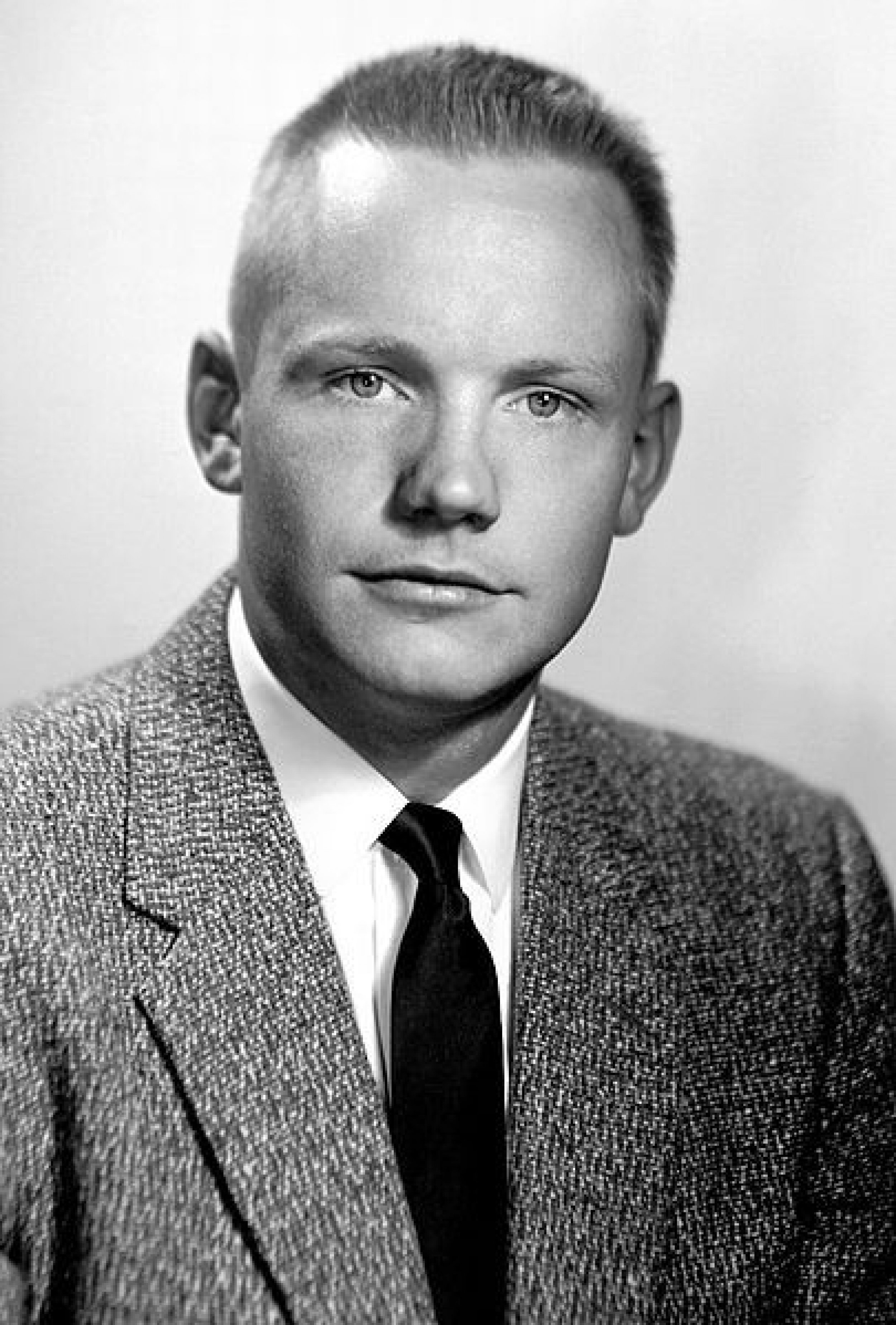
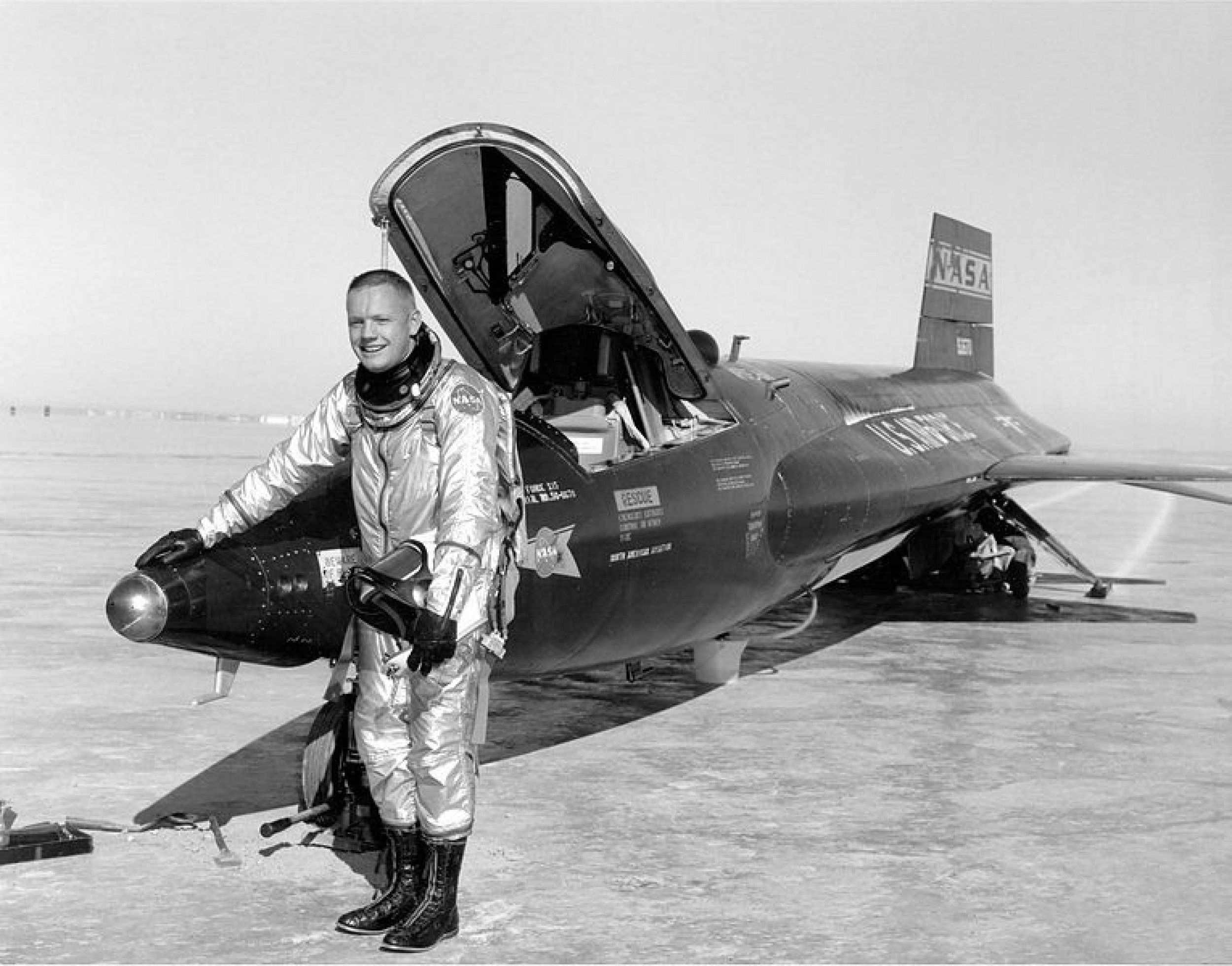

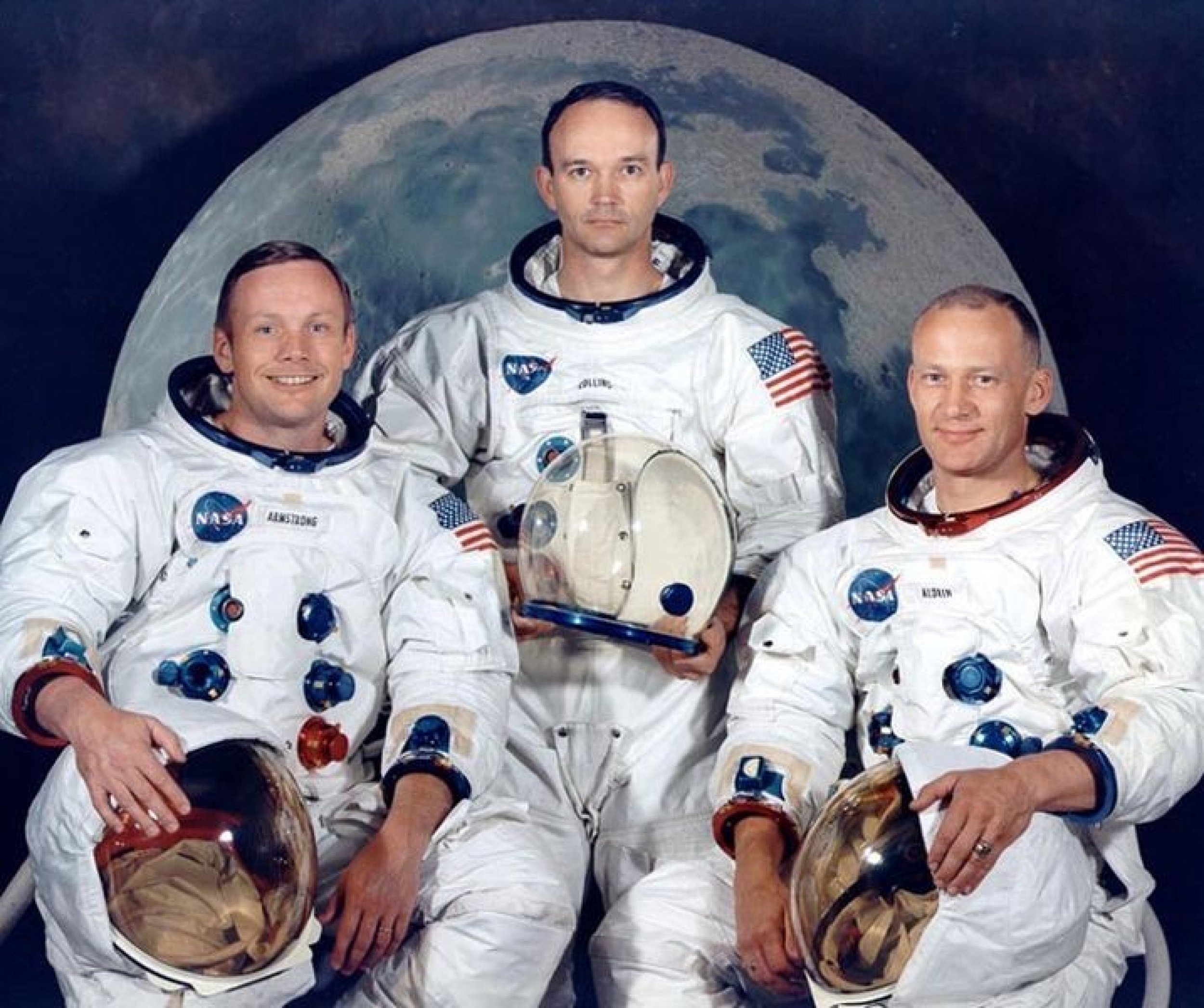
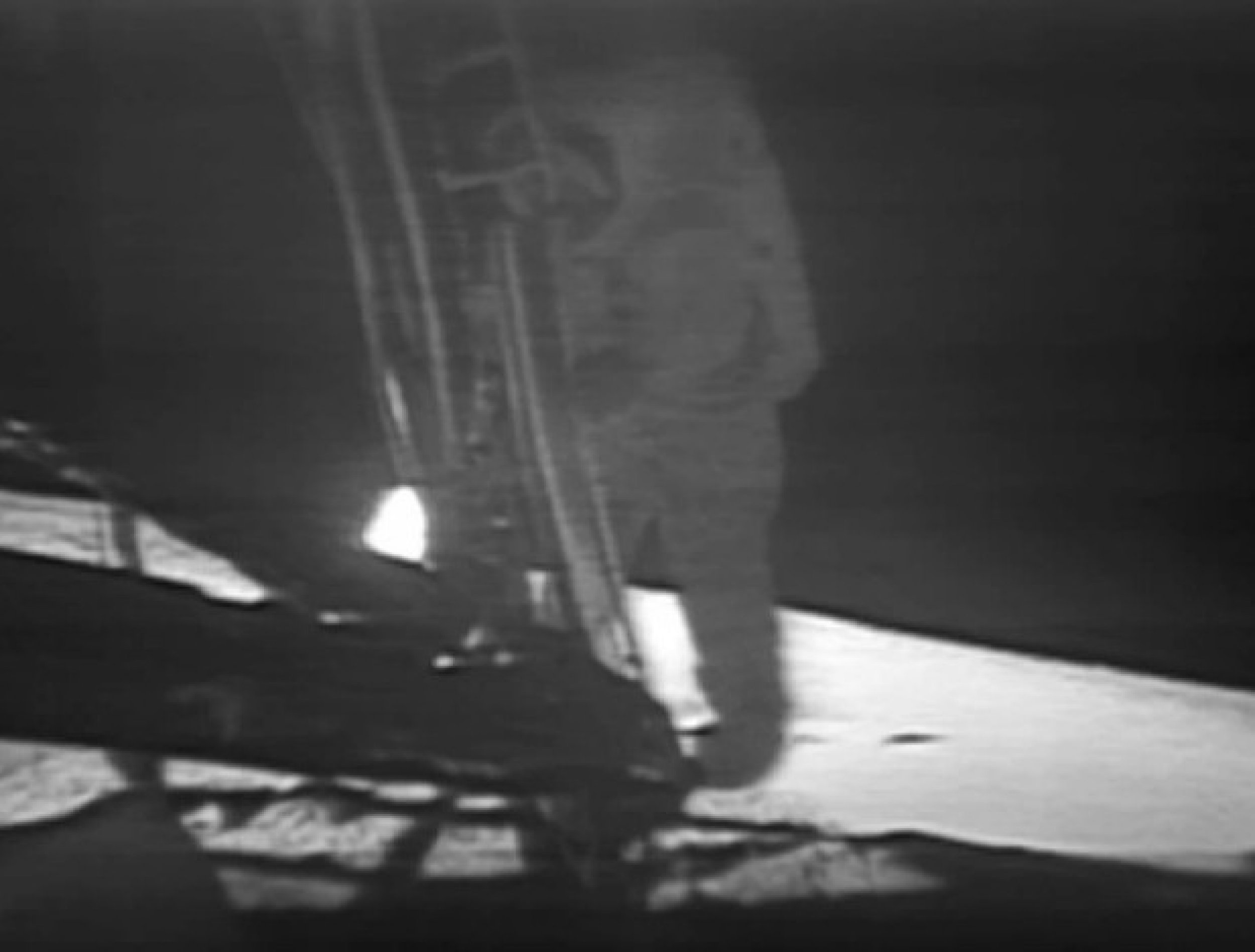
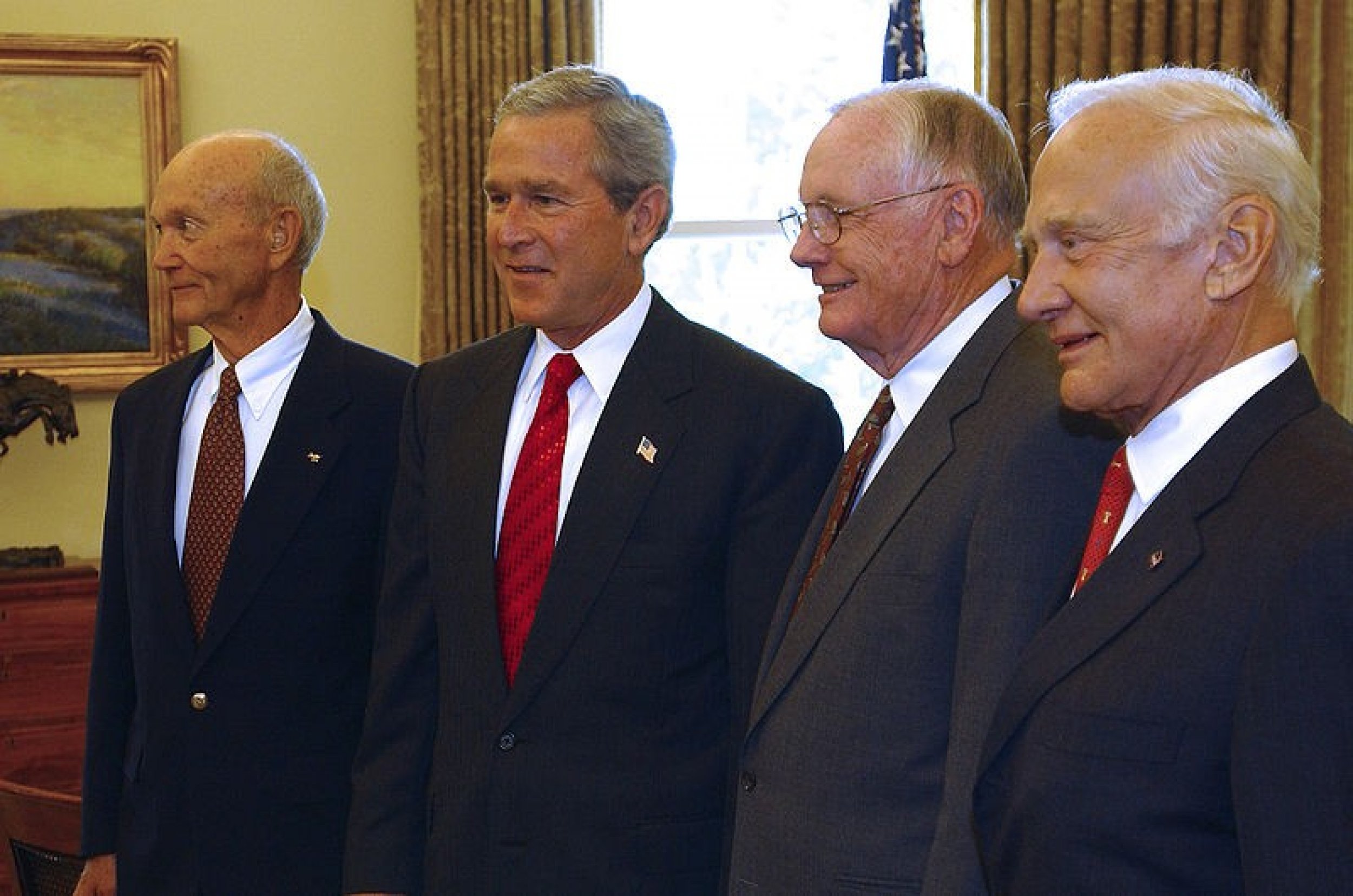
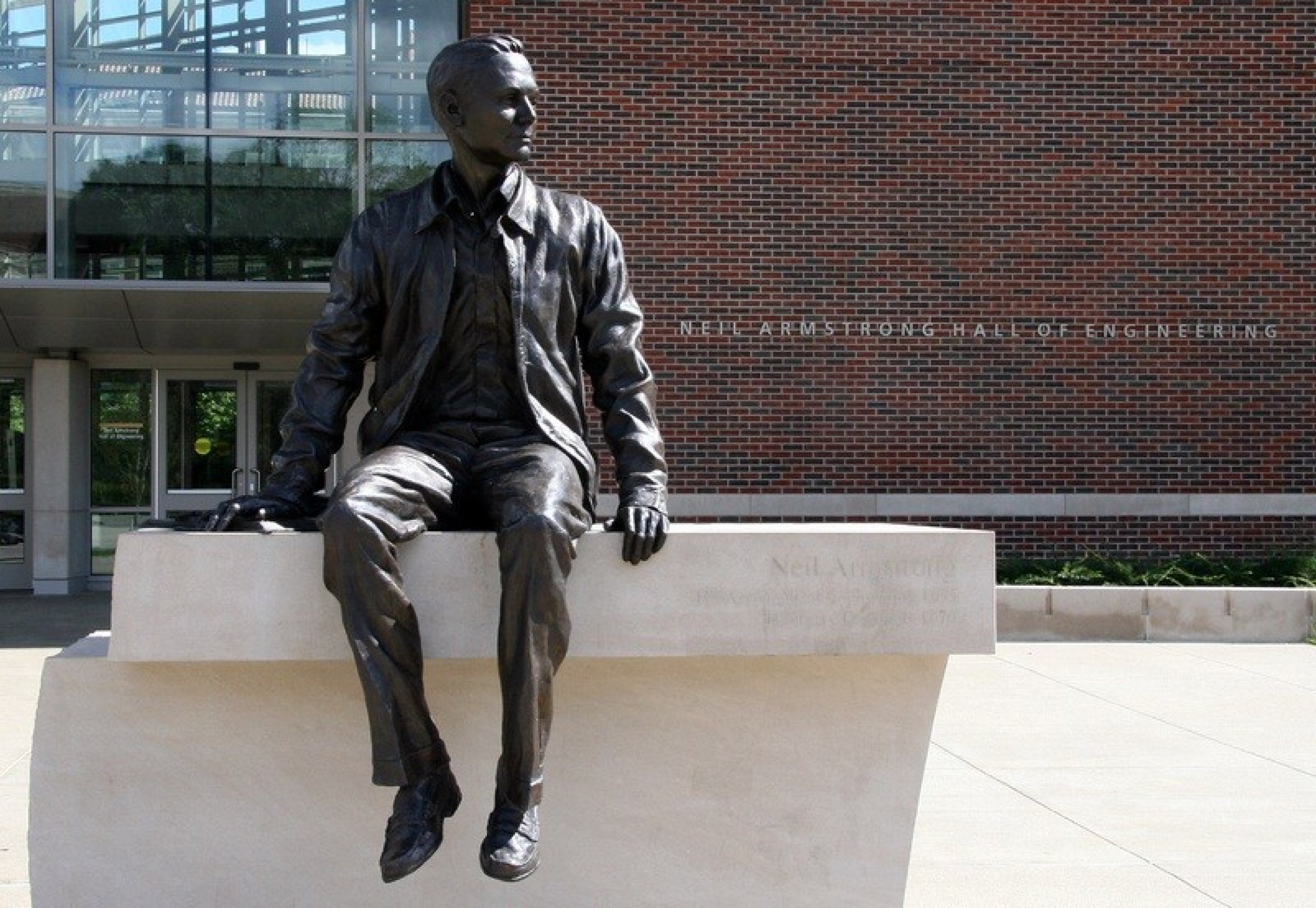
© Copyright IBTimes 2024. All rights reserved.





















